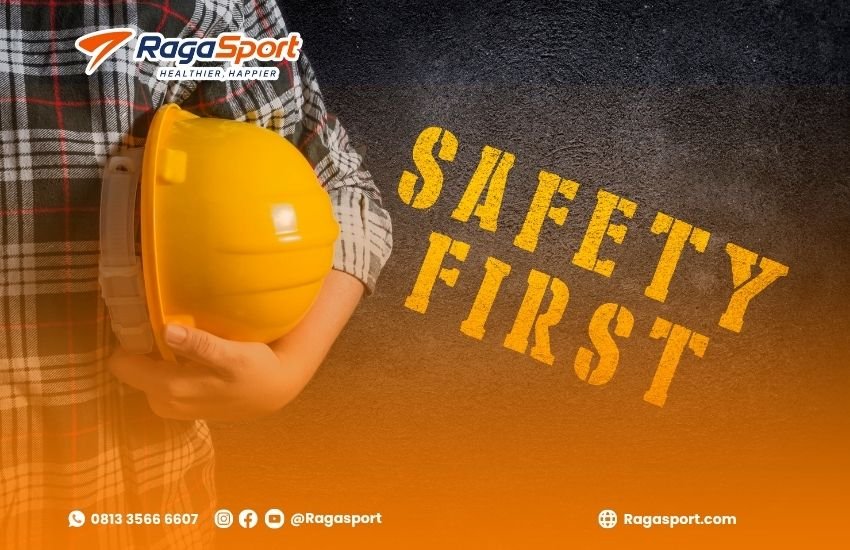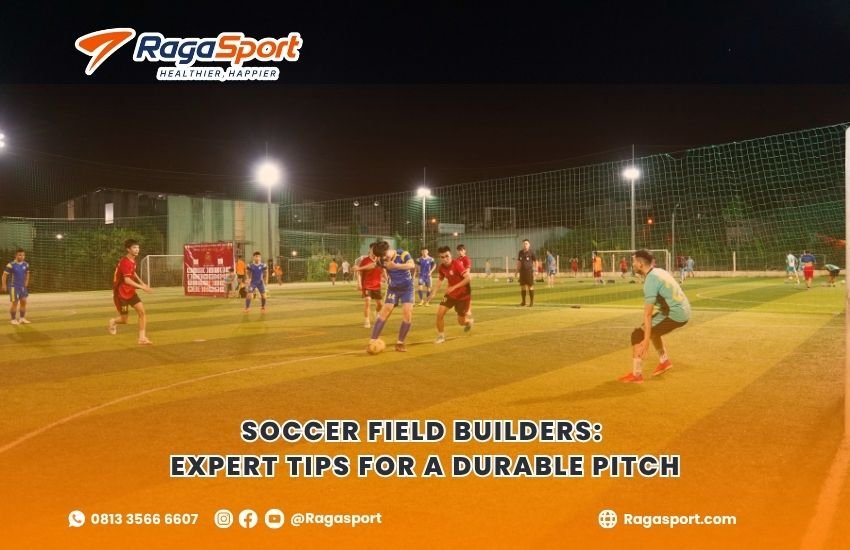Soccer Field Builders: Expert Tips for a Durable Pitch
Introduction to Soccer Field Construction
Building a soccer field that performs well and lasts for years requires more than just leveling the ground and laying grass. The best soccer field builders understand that every detail—from soil composition to drainage and turf type affects the field’s longevity and playability. Whether for a professional stadium, school, or community park, constructing a durable pitch requires expert planning and high-quality materials.
In this guide, we highlight what professional soccer field builders focus on and provide essential tips to ensure your soccer pitch meets both performance and durability standards.
Table of Contents
1. Site Evaluation and Preparation
1.1 Choosing the Right Location
Before construction begins, selecting an appropriate location is critical. The ideal site should have good natural drainage, minimal slope, and easy accessibility. Avoid areas prone to flooding or with unstable soil.
1.2 Soil Testing and Grading
Professional builders conduct soil tests to assess compaction, permeability, and nutrient content. Based on results, the ground is graded to create a level playing surface and proper slope—typically 1%—to aid in water runoff.
1.3 Excavation and Sub-Base Construction
The topsoil is removed and replaced with a compacted sub-base, often made from crushed stone or gravel. This foundation layer is essential for drainage and structural stability.
2. Drainage and Irrigation Systems
2.1 Importance of Proper Drainage
A soccer field without proper drainage can suffer from waterlogging, uneven turf, and premature wear. Builders install a combination of surface grading and underground drainage pipes to ensure rapid water dispersal.
2.2 Installing Drainage Layers
Typically, perforated pipes are laid beneath the sub-base, covered by a filter layer to prevent clogging. This system directs water away from the field into designated outlets.
2.3 Efficient Irrigation Design
Automated sprinkler systems with adjustable zones ensure uniform water distribution. These systems are crucial for both natural grass and cooling synthetic turf in hot climates.
3. Turf Selection: Natural vs. Synthetic
3.1 Natural Grass Fields
Natural turf offers excellent playing comfort and aesthetics. However, it requires regular maintenance, including mowing, watering, fertilizing, and seasonal reseeding.
3.2 Synthetic Turf Fields
Artificial grass provides consistent play quality, lower maintenance costs, and year-round usability. Modern synthetic turf systems mimic the feel of real grass while offering enhanced durability and shock absorption.
3.3 Choosing Based on Usage
High-use fields benefit from synthetic turf, while natural grass is suitable for limited-use, premium pitches. Professional builders help clients evaluate long-term maintenance and player safety when selecting turf.
4. Field Dimensions and Markings
4.1 Regulation Measurements
Soccer field dimensions vary by competition level, but FIFA recommends:
- Length: 100–110 meters
- Width: 64–75 meters
For international matches, the field must be 105 x 68 meters. Builders must follow these guidelines to ensure the pitch is compliant.
4.2 Accurate Marking and Striping
Field lines should be painted using weather-resistant, non-toxic paint. Accurate layout of the center circle, penalty areas, and corner arcs is essential for fair gameplay.
5. Perimeter and Safety Features

5.1 Protective Barriers
Install perimeter fencing to prevent unauthorized entry and protect spectators. Netting behind goalposts is also recommended to stop high balls and reduce retrieval time.
5.2 Player Benches and Dugouts
Professional pitches include covered team areas for safety and comfort. These should be installed on both sides, with visibility to the full field.
5.3 Lighting for Night Play
If night games are expected, install LED floodlights with a minimum of 200 lux for training and 500–750 lux for competitive matches. Builders must design lighting layouts that avoid shadows and glare.
6. Maintenance Planning for Longevity
6.1 Maintenance of Natural Grass
This includes aeration, fertilization, mowing, pest control, and reseeding. Regular care ensures the turf remains even and safe for play.
6.2 Maintenance of Synthetic Turf
Brushing, surface cleaning, and infill top-ups are required to maintain performance and appearance. Builders should train staff on maintenance best practices.
6.3 Seasonal Inspections
Schedule professional assessments of drainage, irrigation, turf condition, and lighting systems to identify and resolve minor issues before they escalate.
7. Budgeting and Construction Timeline
7.1 Cost Factors
The total cost depends on site conditions, turf choice, drainage complexity, and lighting. On average:
- Natural grass field: \$80,000–\$200,000
- Synthetic turf field: \$300,000–\$600,000
7.2 Project Timeline
Natural grass fields may take 8–12 weeks to construct, plus time for turf establishment. Synthetic fields can be completed in as little as 6–8 weeks.
7.3 Future-Proofing the Field
Invest in quality materials and professional construction to minimize repairs and maximize field usage for 10–15 years or more.
8. Working with a Trusted Soccer Field Builder
8.1 Track Record and Portfolio
Choose a builder with proven experience in soccer field construction. Reviewing past projects helps verify their expertise and build quality.
8.2 Compliance and Warranty
The contractor should provide warranty coverage and ensure compliance with local building codes and international sporting standards.
8.3 End-to-End Services
Top companies offer design, construction, and maintenance training. This integrated approach guarantees a smooth project from start to finish.
9. Why Raga Sport Is a Trusted Soccer Field Builder
Raga Sport has become a leading name in soccer field construction across Indonesia. Their team provides full-service solutions for schools, clubs, and government projects.
Key advantages include:
- Expertise in both natural and synthetic turf systems
- Compliance with FIFA recommendations
- Efficient drainage and lighting designs
- Transparent pricing and reliable timelines
- Post-construction support and maintenance services
Whether you’re planning a small training ground or a tournament-ready stadium, Raga Sport delivers excellence at every stage.

Ready to Build a High-Performance Soccer Field?
Let Raga Sport turn your vision into reality with expert construction, top-quality materials, and a field that meets every standard.
👉 Explore our projects at ragasport.com
📲 Chat with our team now via WhatsApp: Click Here

